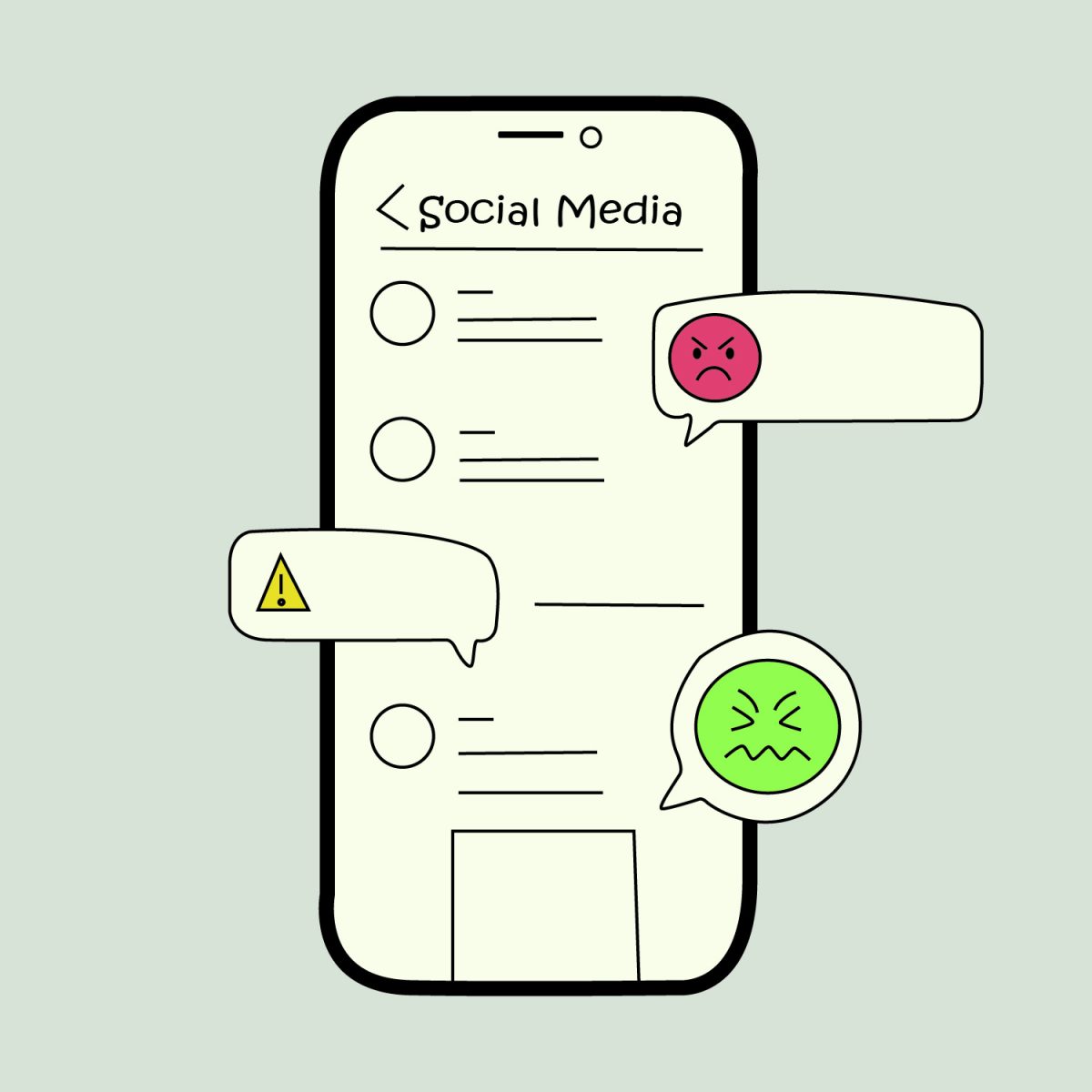In a world where most teens are online, the amount of in person connection is also affected. Even small technological usages like online shopping can create negative effects on mental health. Not only is online shopping damaging to mental health, it is also economically damaging, socially damaging and can lead to addictive tendencies in teenagers. According to Addiction Center, “With 85 percent of Americans owning a smartphone, it has become even more favorable and convenient for people to shop online.” Cell phone usage has not only become an issue in our society and at school, but it is also becoming normalized to have large amounts of screen time usage on sites like Amazon or fast fashion brands.
Online shopping is affecting teens because of the high number of sales and inflation in prices in person versus online. Many high school teens buy mass amounts of clothing just to film videos and “hauls.” Hauls gained their popularity because teens would compare the clothing that others would buy. This creates feelings that the individuals do not have enough or the same amount of new trendy things that their friends have, causing potential negative relationships. According to Time’s interview with a doctor at Stanford, “Online, the urge to shop can be satisfied much more quickly, making it more difficult to resist.” Not only does this border on the line of addiction to online shopping, but it can also create an isolated environment for the person wanting to online shop. The isolation effects of not going to these activities like shopping with friends can affect teens mental health. The feeling of disconnect grows when teens do not interact with their peers. Not only is it important for social connection, but also to help limit depression and social anxiety. When using online shopping sites, Comparisions to models increase. Body image issues in the U.S are high in teens and constant checking and comparisons to people and the numbers of their measurements can become a negative cycle.
Online shops usually use lower quality material to create a mass number of products to increase the amount they sell. When consumers only focus on the amount of price deductions for discounts and low prices, in addition to teens not considering the environmental effects of purchasing non reusable or sustainable clothing. An article from Money and Mental Health shares, “Shopping sites make it incredibly quick and easy to buy online.” People can spend vast amounts at any time of the day or night, without having the large time and economic efforts of visiting a store and being able to complete the same purchases with just a few clicks. Common options – like the ability to save payment details or ‘buy now, pay later’ – can further reduce the amount of mall goers.
Being online and able to complete all purchases online leads to a decrease in social interactions. The classic high school stereotype of going to the mall has begun to fade with the new ability to do all the shopping at home, alone, and at any time. Not only does not having these places for teens to go weaken the economy, but it also deepens the social media addictions of teens.










